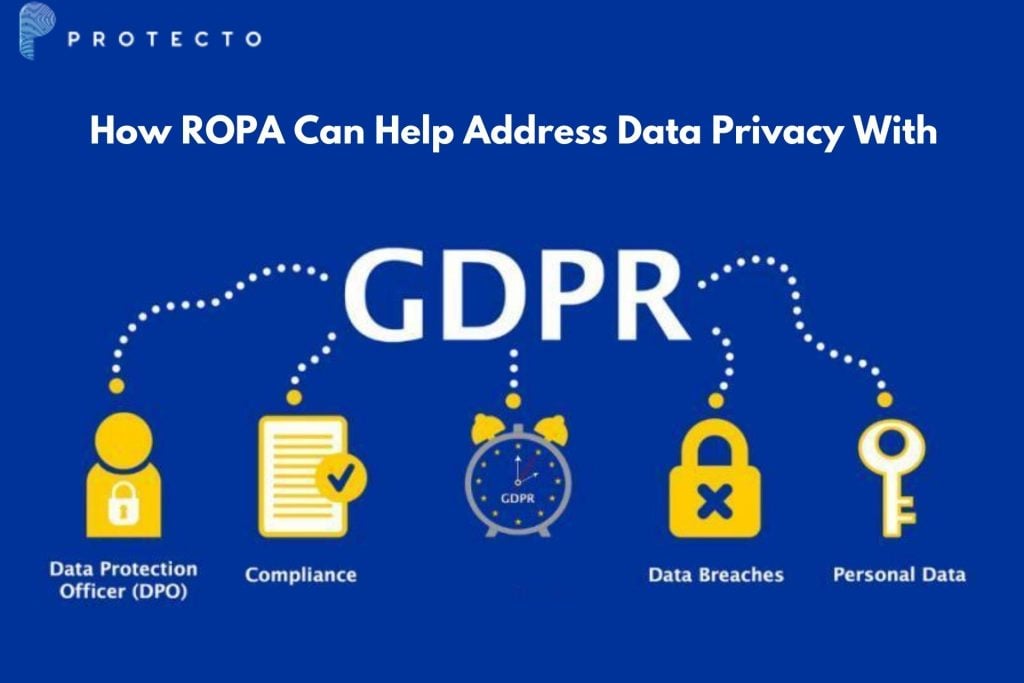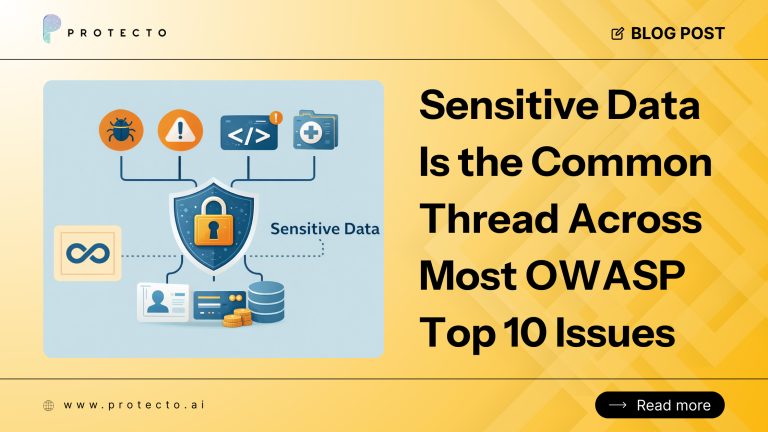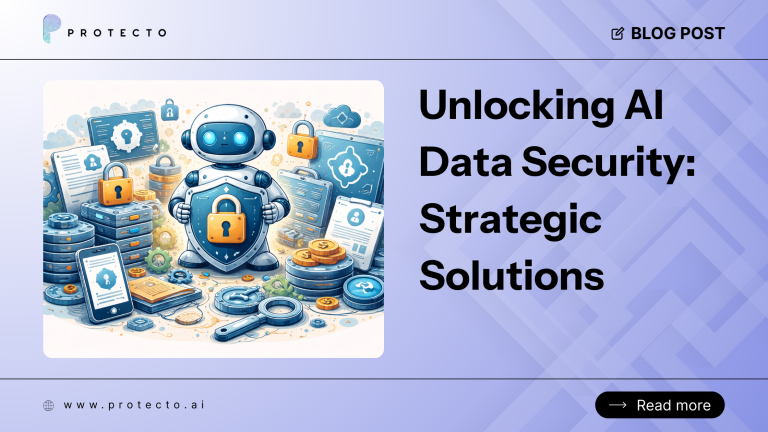Data privacy is a significant concern for individuals and organizations in today’s digital age. The General Data Protection Regulation (GDPR) introduced new rules and requirements for companies to protect personal data. One such requirement is the maintenance of a Record of Processing Activities or ROPA.
This article will explore what ROPA is, its importance for organizations, how it can help address data privacy concerns with GDPR, the difference between a controller and processor, and best practices for using ROPA to improve data privacy.
What is ROPA?
ROPA stands for Record of Processing Activities. It is a requirement introduced by Article 30 of the GDPR for companies to maintain records of their data processing activities. ROPA is a record of the processing activities of any organization that involve personal data required by GDPR Article 30. It helps businesses ensure compliance with GDPR standards and identify processing risks. This document outlines a business’s data processing activities, including HR, marketing, or third-party activities that process personal data.
For most businesses, it is a legal requirement to maintain records of processing activities according to the GDPR. However, it can also be considered a helpful tool for self-auditing. Maintaining and understanding these records is a smart move for companies as they seek to identify and mitigate processing risks. Once the risks are known, a plan can be developed to mitigate them.
All businesses operating with over 250 employees must keep a record of all processing activities. However, even if a company employs less than 250 people, it is still required to maintain a ROPA if its processing has the potential to cause risk to the rights and freedoms of data subjects, if it processes data frequently, if it processes special categories of personal data (including race, gender, sexuality, religion, and others), or if it processes personal data relating to criminal convictions and offenses.
Interesting Read: How Pseudonymization Can Be Key to a Robust Data Privacy Strategy
Importance of Creating & Maintaining a ROPA in Your Organization
Creating and maintaining a ROPA is vital for several reasons. Firstly, it is a legal requirement under Article 30 of the General Data Protection Regulation (GDPR) for companies to maintain records of their data processing activities. Failure to comply with this requirement can result in penalties and fines.
In addition to being a legal requirement, maintaining a ROPA is also a helpful tool for self-auditing. By taking stock of what information the organization has, where it is, and what is done with it, it becomes much easier to improve information governance and comply with other aspects of data protection law (such as creating a privacy notice and keeping personal data secure). Maintaining and analyzing these records is essential for companies looking to identify processing risks. Once the risks are known, a plan can be developed to mitigate them.
A ROPA also provides a straightforward way for organizations to show what they are doing in line with the accountability principle. Authorities may require organizations to provide these records to demonstrate compliance with GDPR standards.
Furthermore, maintaining a ROPA can help organizations build trust among their clients by showing that they take data privacy seriously and take measures to ensure compliance with GDPR standards.
Creating and maintaining a ROPA is crucial because it is a legal requirement under GDPR. It helps organizations improve their information governance and comply with data protection laws. It helps identify processing risks, provides a clear way for organizations to demonstrate compliance with GDPR standards, and helps build trust among clients.
How ROPA Can Help Address Data Privacy with GDPR
By taking stock of what information the organization has, where it is, and what is done with it, it becomes much easier to improve information governance and comply with other aspects of data protection law (such as creating a privacy notice and keeping personal data secure).
For example, suppose a company determines that it is processing personal data without obtaining explicit consent from the data subjects. In that case, it can take steps to obtain consent and ensure compliance with GDPR standards.
ROPA can help address data privacy concerns with GDPR by ensuring compliance with GDPR standards, assisting organizations to improve their information governance and comply with data protection law, helping identify processing risks and develop mitigation plans, and building trust among clients.
Suggested Read: Everything You Need to Know About Data Privacy Vault
ROPA: 5 Best Practices for Data Privacy
Here are the five best practices for using ROPA to improve data privacy:
Provide Clear and Concise Privacy Notices
A privacy notice is a document that informs individuals about how their data is collected, used, and shared. It is vital to provide clear and concise privacy notices so that individuals can make informed decisions about whether to share their data with an organization.
Obtain Explicit Consent
According to the GDPR, organizations must obtain explicit consent from individuals before processing their data. This means that organizations must clearly explain what personal data they are collecting, why they are collecting it, and the intended use. Individuals must then explicitly agree to the collection and use of their data.
Data Subject Rights
GDPR grants individuals several rights concerning their data, including access, rectification, erase, restriction processing, and object to processing. Organizations should have processes in place to respond to requests from individuals to exercise these rights.
Maintain Records of Processing Activities
As mentioned earlier, maintaining a ROPA is a legal requirement under GDPR. The best way to identify existing and potential processing risks and take measures against them is to maintain these records properly and meticulously.
Implement Technical and Organizational Security Measures
These measures, mandatory under the GDPR, help ensure the security of personal data. This includes encryption, access controls, and regular security testing.
How Protecto Can Help Build Effective ROPA In Your Organization
ROPA is a powerful tool for organizations to ensure compliance with GDPR standards and address data privacy concerns. Organizations can maintain a ROPA to take stock of their data processing activities, identify processing risks, and develop mitigation plans.
Furthermore, by following best practices for using ROPA to improve data privacy, such as providing clear and concise privacy notices, obtaining explicit consent, respecting data subject rights, maintaining records of processing activities, and implementing technical and organizational security measures, organizations can build trust among their clients and ensure compliance with GDPR standards.
With Protecto, you have at your disposal a capable, feature-rich privacy framework that provides multiple tools and pathways to create and maintain an effective ROPA in your organization. Contact us to know more.



